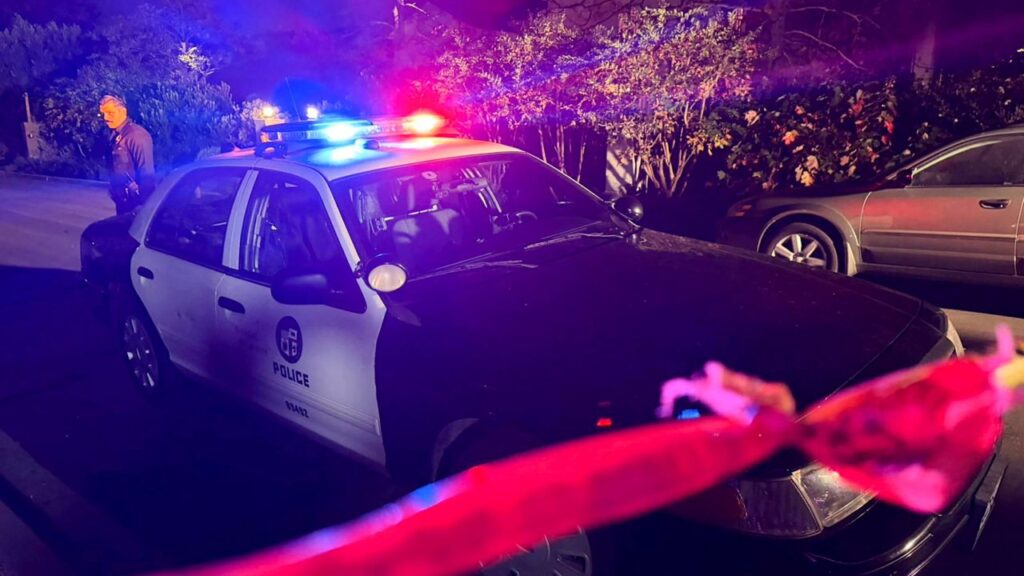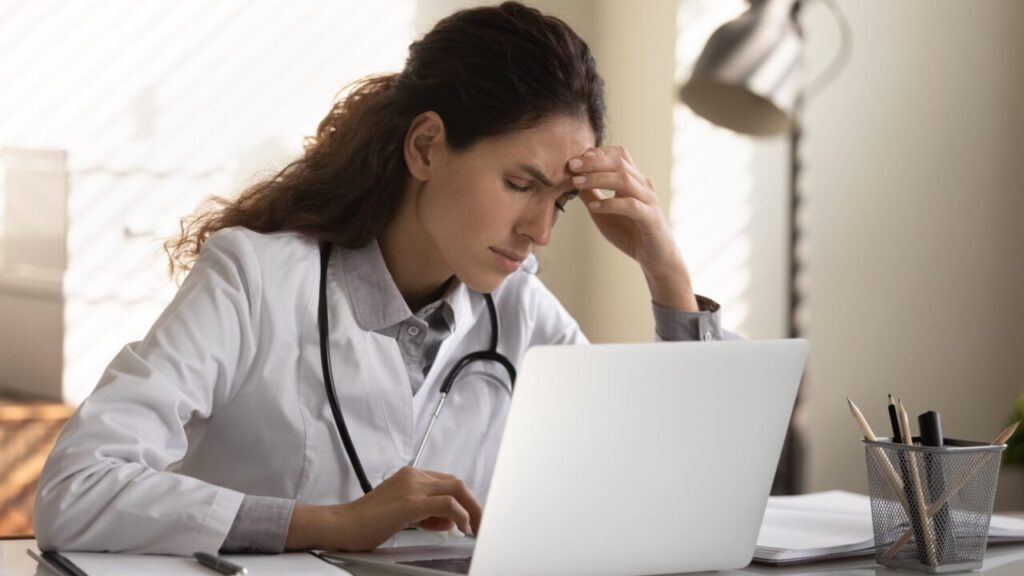Share
MINNEAPOLIS — Four Minneapolis officers involved in the arrest of a black man who died in police custody were fired Tuesday, hours after a bystander’s video showed the handcuffed man pleading that he could not breathe as a white officer knelt on his neck.
Minneapolis Mayor Jacob Frey announced the firings on Twitter, saying “This is the right call.”
The man’s death Monday night was under investigation by the FBI and state law enforcement authorities. It immediately drew comparisons to the case of Eric Garner, an unarmed black man who died in 2014 in New York after he was placed in a chokehold by police and pleaded for his life, saying he could not breathe.
Frey apologized to the black community early Tuesday in a post on his Facebook page for the officer’s conduct, which included keeping his knee on the man after he stopped moving.
“Being Black in America should not be a death sentence. For five minutes, we watched a white officer press his knee into a Black man’s neck. Five minutes. When you hear someone calling for help, you’re supposed to help. This officer failed in the most basic, human sense,” Frey posted.
Police said the man matched the description of a suspect in a forgery case at a grocery store, and that he resisted arrest.
The video of the incident starts with the shirtless man on the ground, and does not show what happened in the moments prior. The unidentified officer is kneeling on his neck, ignoring his pleas. “Please, please, please, I can’t breathe. Please, man,” said the man, who has his face against the pavement.
The man also moans. One of the officers tells the man to “relax.” At one point the man calls for his mother and says: “My stomach hurts, my neck hurts, everything hurts … I can’t breathe.” As bystanders shout their concern, one officer says, “He’s talking, so he’s breathing.”
But the man stops talking — and slowly becomes motionless under the officer’s restraint. The officer does not remove his knee until the man is loaded onto a gurney by paramedics.
Several witnesses had gathered on a nearby sidewalk, some recording the scene on their phones. The bystanders became increasingly agitated. One man yelled repeatedly. “He’s not responsive right now!” Two witnesses, including one woman who said she was a Minneapolis firefighter, yelled at the officers to check the man’s pulse. “Check his pulse right now and tell me what it is!” she said.
The Victim Was Identified as George Floyd
At one point, one officer says: “Don’t do drugs, guys.” And one man yells: “Don’t do drugs, bro? What is that? What do you think this is?”
The victim was identified as George Floyd by Ben Crump, a prominent civil rights and personal injury attorney who said he had been hired by Floyd’s family.
“We all watched the horrific death of George Floyd on video as witnesses begged the police officer to take him into the police car and get off his neck,” Crump said in a statement. “This abusive, excessive and inhumane use of force cost the life of a man who was being detained by the police for questioning about a non-violent charge.”
Charles McMillian, 60, of Minneapolis, said he saw police trying to get Floyd into the back of the squad car and heard Floyd tell them he was claustrophobic.
“It’s sad because it didn’t have to happen,” McMillian said.
Minneapolis Police Chief Medaria Arradondo said the department would conduct a full internal investigation.
Experts on police use of force told The Associated Press that the officer clearly restrained the man too long. They noted the man was under control and no longer fighting. Andrew Scott, a former Boca Raton, Florida, police chief who now testifies as an expert witness in use-of-force cases, called Floyd’s death “a combination of not being trained properly or disregarding their training.”
“He couldn’t move. He was telling them he couldn’t breathe, and they ignored him,” Scott said. “I can’t even describe it. It was difficult to watch.”
The New York City officer in the Garner case said he was using a legal maneuver called “the seatbelt” to bring down Garner, whom police said had been resisting arrest. But the medical examiner referred to it as a chokehold in the autopsy report and said it contributed to his death. Chokehold maneuvers are banned under New York police policy.
A Chokehold Is Considered a Deadly Force Option
A grand jury later decided against indicting the officers involved in Garner’s death, sparking protests around the country. The New York Police Department ultimately fired the officer who restrained Garner, but it was five years later, after a federal investigation, a city prosecutor’s investigation and an internal misconduct trial.
In Minneapolis, kneeling on a suspect’s neck is allowed under the department’s use-of-force policy for officers who have received training in how to compress a neck without applying direct pressure to the airway. It is considered a “non-deadly force option,” according to the department’s policy handbook.
A chokehold is considered a deadly force option and involves someone obstructing the airway. According to the department’s use-of-force policy, officers are to use only an amount of force necessary that would be objectively reasonable.
Before the officers were fired, the police union asked the public to wait for the investigation to take its course and not to “rush to judgment and immediately condemn our officers.” Messages left with the union after the firings were not returned.
The Hennepin County Attorney’s Office, which would handle any prosecution of police on state criminal charges, said in a statement that it was “shocked and saddened” by the video and pledged to handle the case fairly. The FBI is investigating whether the officers willfully deprived Floyd of his rights. If those federal civil rights charges are brought, they would be handled by the U.S. Attorney’s Office in Minnesota, which declined comment.
The death came amid outrage over the death of Ahmaud Arbery, who was fatally shot Feb. 23 in Georgia after a white father and son pursued the 25-year-old black man they had spotted running in their subdivision. More than two months passed before charges were brought. Crump also represents Arbery’s father.
All body camera footage in the Minneapolis case was turned over to the Minnesota Bureau of Criminal Apprehension, and the agency asked to speak with anyone who saw the arrest or recorded video. The agency said the officers’ names will be released after initial interviews with the people involved and witnesses.
RELATED TOPICS:
Categories



















